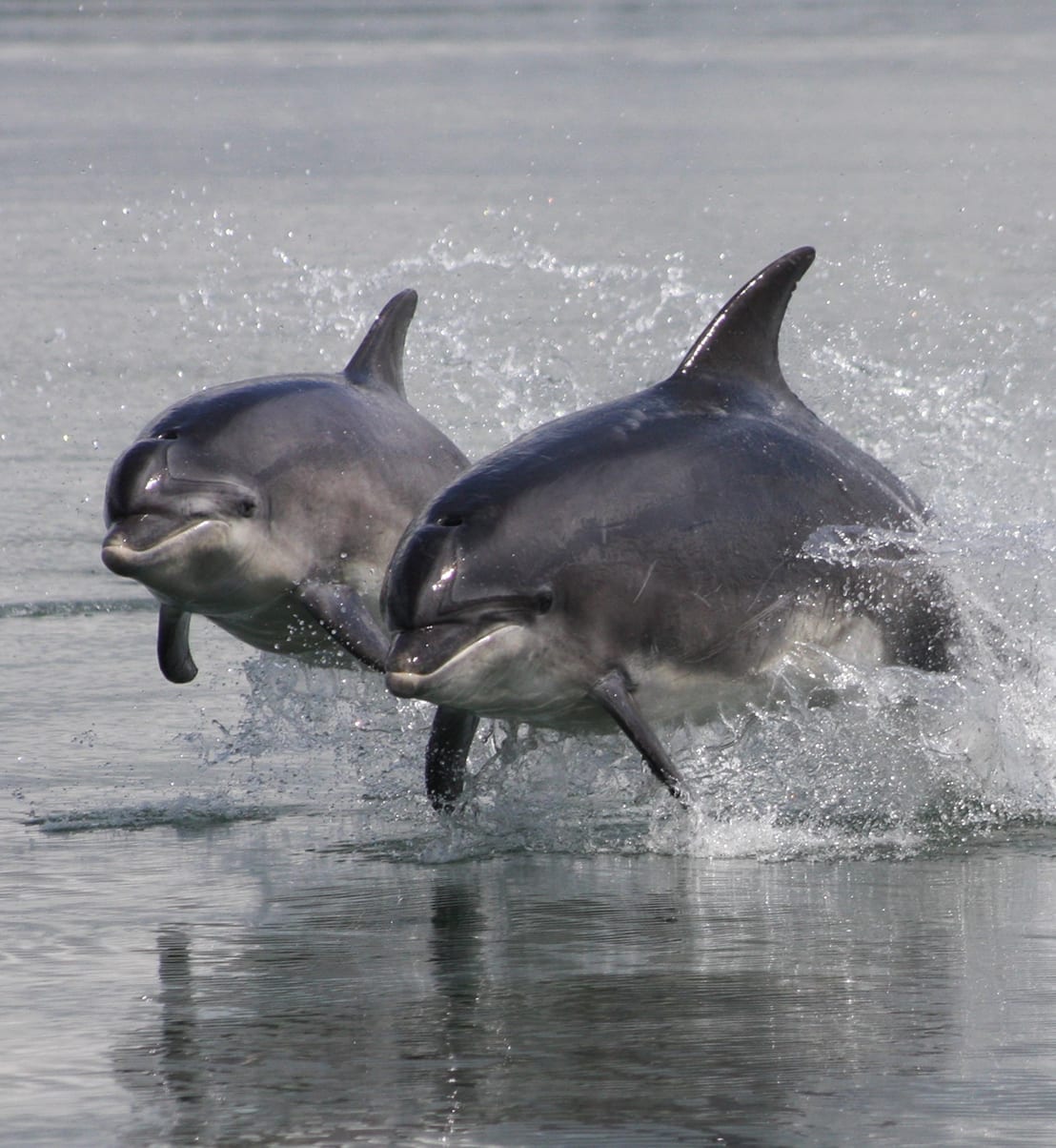Fluke facts and more
Cetaceans evolved from terrestrial mammals and have developed many traits that allow them to thrive in the marine environment. Such as streamlined torpedo like bodies which allow them to move easily through the water and conserve energy. Their blowhole is located at the top of their head, allowing them to simply surface to inhale and exhale. They have a thick blubber layer to insulate their internal organs and muscles, and a complex counter current heat exchange system to protect their reproductive organs. Their limbs are powerful and have been modified to help them steer and stabilize effectively through the water.
They are highly intelligent and live in wide ranging societies built upon complex structures and levels of interdependence forged from strong social bonds. With a wide range of skills, feeding habits, behavioural patterns and social structures, cetaceans occupy virtually every marine habitat on earth.





























